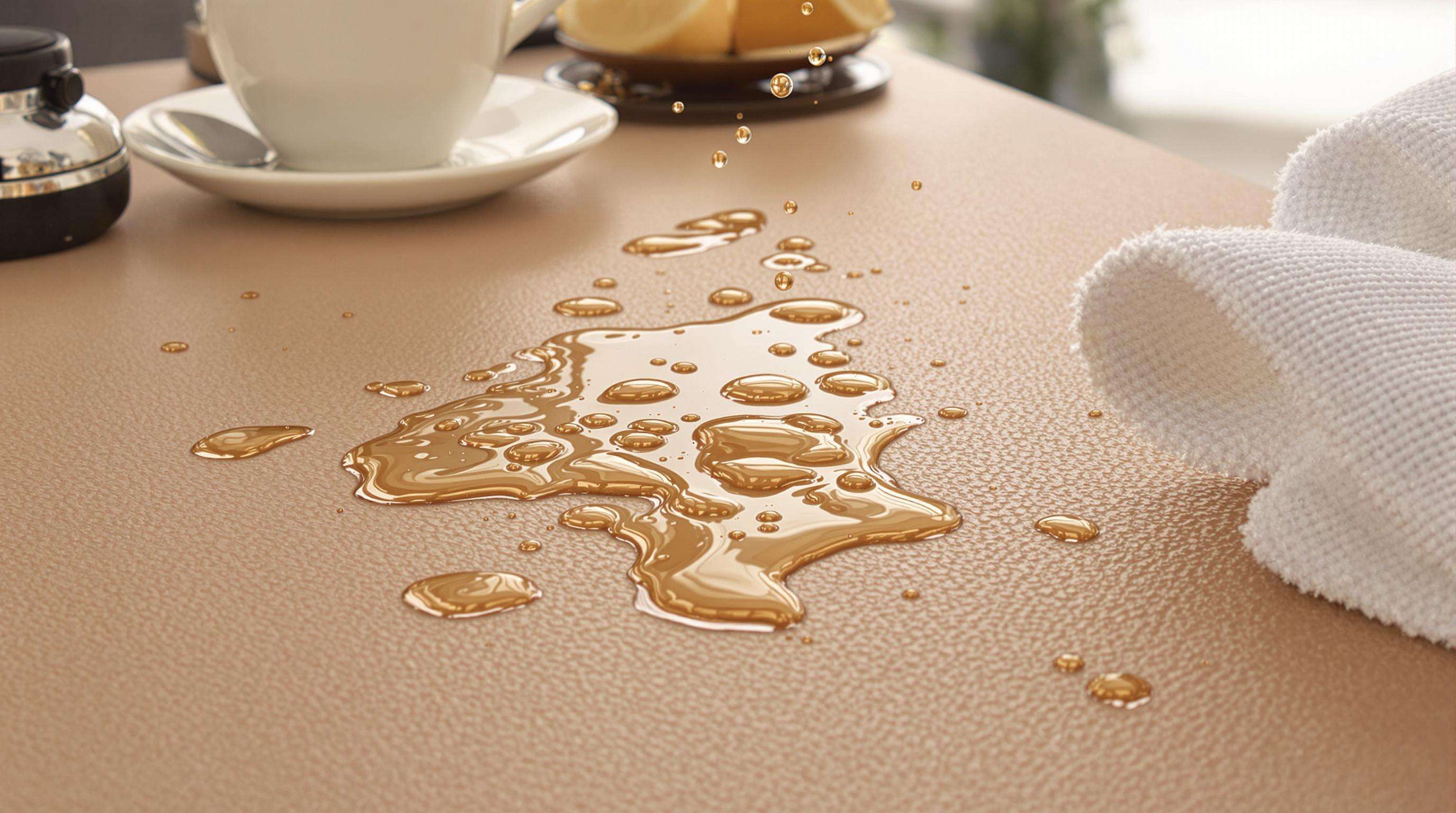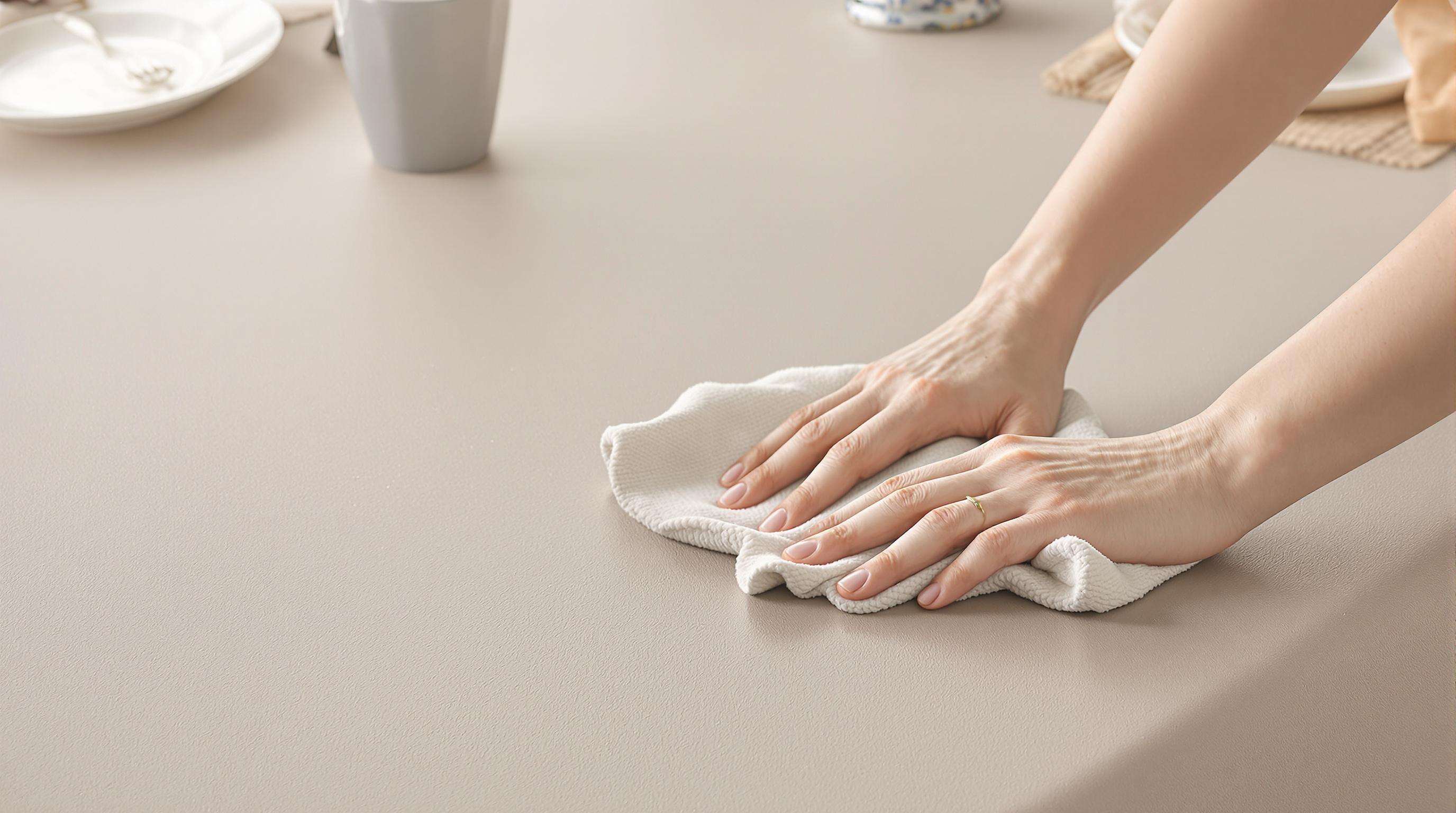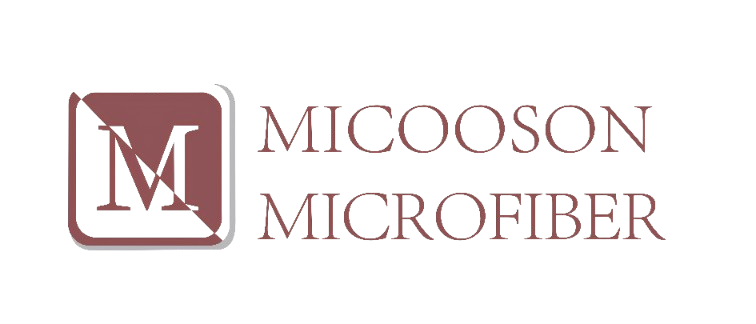Artificial leather, with its stain - resistant quality, is ideal for making tablecloths.
The Science Behind Artificial Leather’s Stain Resistance
Understanding stain resistance in synthetic materials
Artificial leather resists stains through engineered polymer structures that form a non-porous, impermeable surface. Unlike natural fibers, its tightly bonded molecular chains prevent liquid absorption—the main cause of staining. Water- and oil-based spills bead up on contact, allowing quick wipe-off with no residue.
How artificial leather repels common tablecloth stains
Food and beverage spills are easily managed due to three key properties:
- Hydrophobic polymer coating: Repels wine, coffee, and other water-based liquids
- Oleophobic surface treatment: Resists oil-based substances like dressings and butter
- Surface tension engineering: Maintains droplet formation for effortless removal Laboratory tests show artificial leather resists 94% of common food stains* without chemical treatment—57 percentage points higher than untreated natural textiles.
Scientific basis of the stain resistance of faux leather
Polyurethane (PU) chemistry enables stain resistance through cross-linked molecular chains that create microscopic ridges. These structures trap air pockets in line with the Cassie-Baxter wetting model, minimizing liquid contact. Integrated nano-scale silica particles enhance scratch resistance while preserving repellency at the micro level.
Comparative analysis: Artificial leather vs. natural fabrics in stain resistance
| Property | Artificial leather | Cotton | Linen |
|---|---|---|---|
| Initial liquid absorption | 0.2 ml/min | 15 ml/min | 12 ml/min |
| Stain retention after cleaning | 7% | 68% | 63% |
| Acid stain resistance | Grade 9 | Grade 3 | Grade 2 |
| (Scale 1-10, higher=better. Industry Wear Test Consortium 2024) |
The non-porous nature of faux leather prevents capillary action, which causes irreversible staining in cotton and linen. This makes artificial leather ideal for dining settings, where simple wiping restores a spot-free surface.
*Based on standardized ISO 14419 testing for 12 common food/drink substances
Waterproof and Liquid-Repellent Performance of Artificial Leather

Artificial leather leverages advanced polymer chemistry to deliver reliable waterproof and liquid-repellent performance, protecting tabletops from everyday spills and moisture damage.
Is PU Leather Waterproof? Examining the Facts
PU leather is water-resistant, not fully waterproof, thanks to its synthetic polymer layer that acts as a semi-permeable moisture barrier. Key traits include:
- Material density: Tightly structured fibers reduce liquid absorption by 40–60% compared to untreated natural leather
- Protective coatings: A polyurethane top layer resists initial spill penetration for 3–5 seconds
- Limitations: Extended submersion (30 minutes) may compromise structural integrity
Water Resistance of Faux Leather in Daily Use Scenarios
In homes, artificial leather effectively handles coffee, juice, and similar spills. Research indicates:
- Wipeability: 89% of liquid droplets remain on the surface long enough for easy removal
- Material recovery: High-quality PU regains 97% of its original shape after exposure due to thermoplastic elasticity This rapid beading and resilience prevent most food and drink incidents from causing lasting damage.
Liquid Repellence and Spill Protection: How Artificial Leather Excels
Manufacturers enhance natural spill resistance through:
- Surface texturing: Micro-patterns create a self-cleaning effect by guiding liquids toward edges
- Chemical treatments: Silicone additives increase contact angles to 110–120°, promoting beading over spreading These innovations reduce absorption risks by 72% compared to traditional tablecloth materials (Textile Performance Institute 2023).
Durability and Easy Maintenance of Artificial Leather Tablecloths

Long-term durability of synthetic leather under household conditions
Artificial leather excels in everyday use, resisting scratches, tears, and UV degradation. Its non-porous surface prevents liquid ingress—a key advantage over absorbent cotton or linen. Testing shows it maintains integrity through 200+ washes without cracking or peeling.
Cleaning and care of faux leather: Best practices for tablecloth longevity
Preserving appearance and function requires minimal effort:
- Blot spills immediately with a microfiber cloth
- Clean every two weeks with mild, neutral-pH soap
- Avoid abrasive cleaners to protect the surface coating
- Store flat or rolled to prevent creasing Following these steps can extend lifespan threefold compared to untreated natural fabrics.
Industry data on spill protection and wear performance of PU leather
PU leather offers robust protection against common dining hazards:
Design and Practical Applications of Artificial Leather in Tablecloths
Why stain-resistant materials are essential for modern tablecloths
Today’s households require surfaces that resist wine, grease, and food stains during daily use. Stain-resistant fabrics eliminate labor-intensive cleaning, preserve visual appeal, and significantly extend product life. Families with children and pets benefit most from wipe-clean surfaces that resist absorption and permanent marks.
Case study: Artificial leather tablecloths in high-traffic dining environments
Restaurants report 65% lower replacement costs after switching from linen to artificial leather (Hospitality Insights 2023). One Midwest bistro achieved 90% stain removal success across over 1,200 annual spill incidents. Table reset time dropped from 8 to 2 minutes per spill, improving staff efficiency while maintaining a premium dining atmosphere.
Design flexibility and aesthetic options with faux leather
Modern faux leather comes in 50+ embossed patterns—from matte and textured to metallic weaves—without sacrificing performance. Consumers enjoy realistic leather looks alongside bold colors like azure blue or burgundy, unavailable in natural hides. Heat-transfer printing also enables custom photographic designs for themed events.
Consumer trends favoring synthetic leather for home textiles
Recent surveys indicate 78% of homeowners prioritize sustainability and easy maintenance when choosing textiles (Home Décor Report 2024). This demand drives artificial leather’s 40% market growth in home applications, as consumers seek ethical, high-performance alternatives. Industry analysis highlights rising preference for cruelty-free innovation that outperforms traditional materials.
FAQ
What is artificial leather?
Artificial leather is a synthetic material designed to mimic the appearance and feel of natural leather.
How does artificial leather resist stains?
Artificial leather resists stains through its non-porous surface, hydrophobic and oleophobic treatments that repel liquid spills.
Is PU leather waterproof?
PU leather is water-resistant, meaning it can repel minor spills but may not withstand prolonged water exposure.
What are the benefits of using artificial leather tablecloths?
Artificial leather tablecloths are durable, easy to clean, and resistant to stains, making them ideal for high-traffic dining areas.
How is artificial leather maintained?
Maintenance requires blotting spills, cleaning with mild soap, avoiding abrasive cleaners, and proper storage to prevent creasing.

 EN
EN







